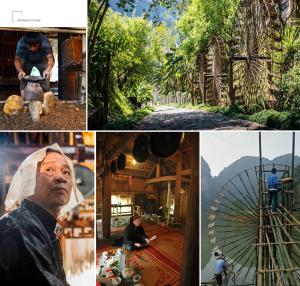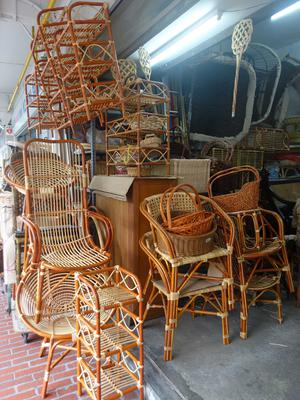Jultagi is a Korean form of rope walking that consists of dancing, songs, and comedic dialogues by the rope walkers. What distinguishes this form of rope walking from others is that they do not just perform for the acrobatic nature of it, but rather the Jultagi performers make witty and comedic gestures as well as satire of world events as they do acrobatic moves. Although the exact dates of origin for this art form is unknown, Jultagi has been mentioned in historical documents as well as becoming one of pillars of traditional crowd gathering spectacle of Korea. Dating back to the 2nd century of Silla period in Korea, Jultagi has been associated with other crowd gathering spectacles, often times accompanying performers who would entertain the crowd with witty satire and masked in different forms of animals or folk heroes to garner the attention of the crowd. The transmission process of Jultagi is centered on Jultagi safeguarding association in Gyeonggi province, where masters and apprentices hone their skills for their next audience members. The acts of Jultagi has over forty distinctive moves that is performed in the order of easy to hard movements. The performer of Jultagi often makes the crowd watch their progression of these movements, and makes the crowd nervous as if the performer needs the assurance from that crowd in performing these difficult acrobatic moves. This is done in part to entertain the crowd as if the performer is a novice of Jultagi making the spectacle more dramatic as he is clearly not a novice in acrobatic moves and is merely pretending to be so for comedic purposes. In 2011 UNESCO found Jultagi to be one of the representatives of Intangible Cultural Heritage of Humanity of the world. You can watch "Jultagi" on youtube: https://www.youtube.com/watch?v=eFUPYyNEOpU&feature=youtu.be References: ICH UNESCO, Wikipedia
07-03-2019


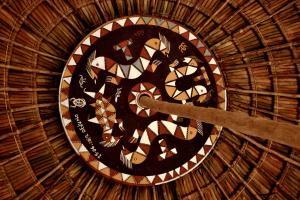

.jpeg)
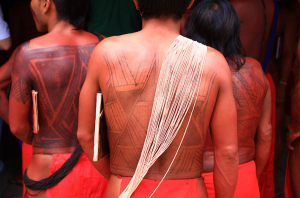
.jpg)
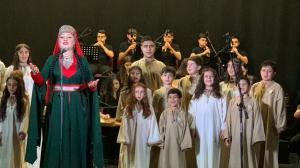
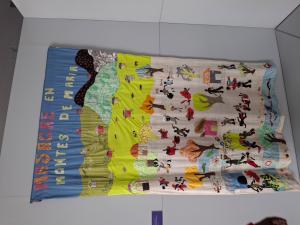

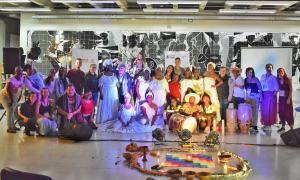
.png)
.jpg)















_(31711258567).jpg)

















